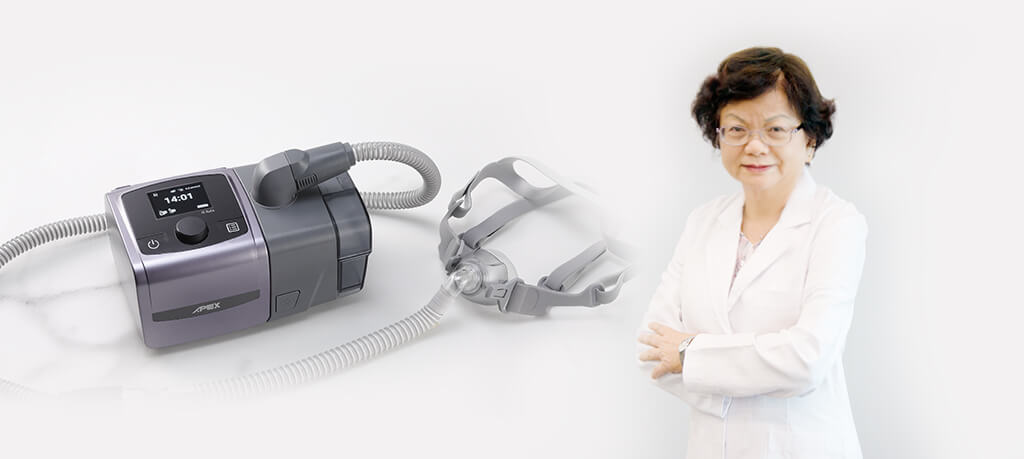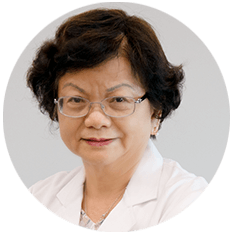ホワイトペーパー
2021 Feb 01
Frequently go to toilet in the middle of the night? 80% of the patients with sleep apnea do not know what they are suffering from.

Professor Mauo-Ying Bien, the former chair of the School of Respiratory Therapy at Taipei Medical University, said that one of the symptoms of sleep apnea syndrome is lack of oxygen caused by the respiratory arrest which leads the patient to wake up from sleep. This symptom is often mistaken as a urological or menopausal problem, but maybe sleep apnea. In Taiwan, 80% of the patients do not know they are suffering from sleep apnea.
According to the statistics from American scholars in 2019, about 23.6% of the population between 30 to 69 years old has sleep apnea symptoms. Professor Bien explained that in addition to ignoring symptoms, there are a group of people who get help from the wrong clinics. They go through the process of being referred by urologists or gynecologists to the special sleep disorder clinic for diagnosis. In fact, the Taiwan Society of Sleep Medicine has provided an ESS hypersomnia assessment, which can be used as a preliminary self-assessment for patients before seeking medical treatment. If the total score of the assessment is above 10, the patient may suffer from sleep apnea, and should seek for the assistance from sleep specialist.
Except for special conditions such as excessive neck circumference, facial or airway structural abnormalities which surgical procedures are preferred, non-invasive medical treatment is still the main clinical solution for patients with sleep apnea. The most commonly used treatment is through continuous positive airway pressure (CPAP) with nasal mask. Patient must wear it during sleep at night. The respirator can provide positive airway pressure to open the collapsed nasal airway and maintain normal breathing.
Regarding the choice of CPAP device, Professor Bien suggested that if there is no budget consideration, automatic pressure control model will be the best choice. It can auto adjust the pressure according to the degree of airway obstruction of the patient for more comfortable and effective treatment. In addition, size, portability, noise, and humidity supply are other considerations when choosing the suitable model. This doesn’t mean that the equipment with higher price is the one suits patients most. It is recommended that patients can consult with the physician and choose a few models to try at home first before making the final decision.

Professor Mauo-Ying Bien, the Former Chair of the School of Respiratory Therapy in Taipei Medical University, has spent more than 30 years in the fields of respiratory therapy and physical therapy. Her teaching expertise includes respiratory therapy equipment, adult critical respiratory therapy, adult critical and comprehensive respiratory therapy practium, and advanced respiratory therapy equipment. Her researches mainly focused on critical respiratory therapy, respiratory physiology, respiratory and cardiopulmonary physical therapy.

